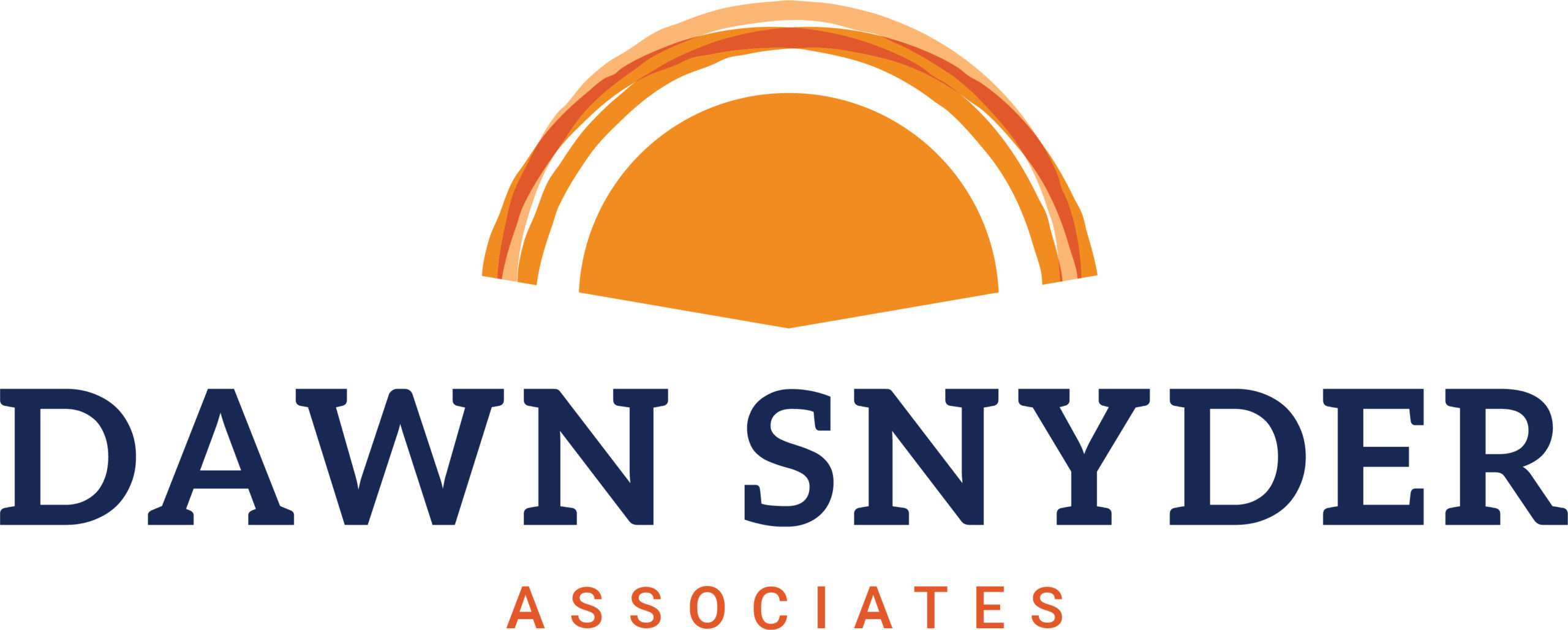
Is designing a curriculum the same as designing a course? Clients often ask this question as we approach a curriculum project. Here are some thoughts.
We design a curriculum instead of a course when we want to take the learner on a longer, more complex journey, when there is a large and important gap between what the learner can do now and what they need to be able to do. Compared to a course, the learning journey for a curriculum has more steps, is more complicated, and occurs over a longer time.
These differences mean that we need to approach the design differently. In general, you will need a more robust analysis that helps you understand the different target audiences and what they require in their different performance settings. The analysis should also focus on the relationship among skills to support their acquisition in the right order. Here are some differences between curricula and courses and their implications for design:
Keeping the learner oriented
Because the journey is longer, learners need to be able to stay oriented to where they are, how what they are learning fits into the big picture, and what’s coming next. As they progress, they may also need to review previous content or continue to practice new skills.
Design elements include orientation and navigation schemes, periodic assessments with feedback about progress, and incentives or rewards at important milestones. These elements inform the overall structure of the curriculum as well as instructional strategies a designer selects.
Managing increased complexity
A curriculum tends to focus on an array of skills that build on one another or are used in combination to achieve the expected performance. The more robust analysis helps us figure out how to put curriculum building blocks together. What needs to be learned first? How do skills work together in a performance setting? When and what should the learner practice? When should the learner review content? And even, What can we leave out?
Individualizing learning pathways
Curricula are usually designed for many learners. This means that there are usually multiple target audiences that may need different knowledge or skills based on their job roles or previous experiences. As a rule, we want each learner to customize their experience so that they only spend time learning and practicing what they need. We achieve this efficiency with diagnosis and evaluation and by offering multiple pathways through the curriculum experiences.
Bottom line: Curriculum design is different
The structure, learning pathways, and relationship of curricular elements to each other and the whole are critical to the design. The curriculum design should be informed by a robust analysis to create an efficient and effective journey for all learners.
